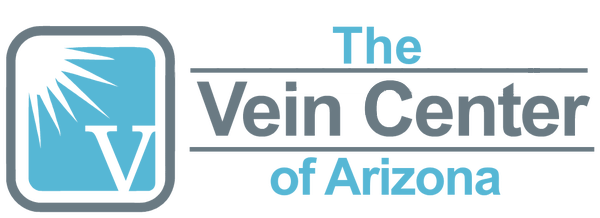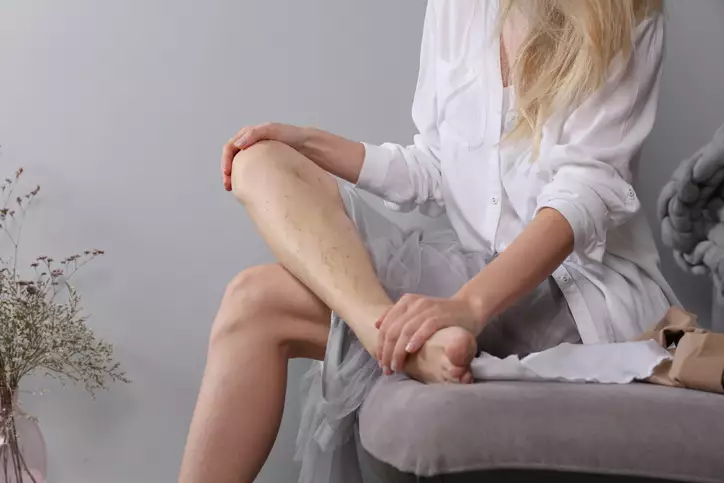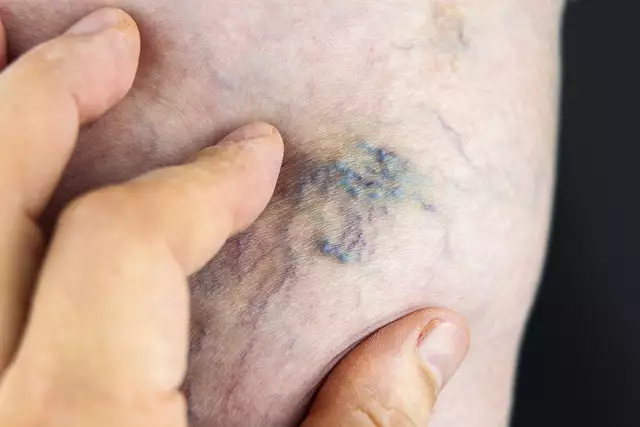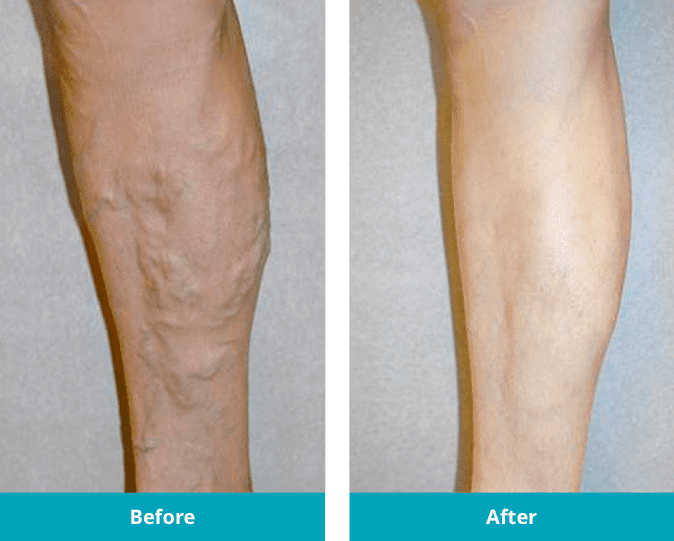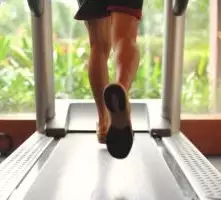Spider veins are veins that are close to the skin’s surface and may look thin and wispy like spider webs or thick and squiggly like branches. Similar to varicose veins but smaller and thinner. We tend to think of spider veins as a cosmetic problem, even medical professionals and even vascular surgeons do. Many times there is increased pressure in the venous system and thus underlying medical cause that has created the spider veins. If you have spider veins along with any other symptom of vein disease (heaviness, stinging, burning, throbbing, swollen ankles, itchy burning legs, aching, numbness, etc.) then you may have an underlying condition. An evaluation by The Vein Center of Arizona and a high-quality venous ultrasound test can establish if spider veins are cosmetic in nature or a result of venous insufficiency. This test also can assist in getting your insurance to pay for treatment.
Spider veins are tiny blue, red, and purple web-like veins on the surface of the skin. They are broken capillaries, often associated with larger reticular veins. Though they are smaller than most varicose veins, they are often easier to notice due to their proximity to the skin surface. They are found most often in the legs, though they can pop up on the chest and face s well.
Like varicose veins, spider veins occur more often in women. Risk factors include pregnancy, hormonal fluctuations, obesity, and occupations that involve standing for long periods of time. Genetics also plays a role in the development of spider veins, as they can run in the family.
Schedule A Free Vein Screening
